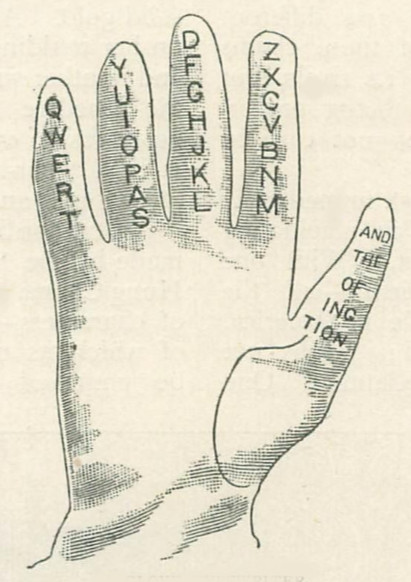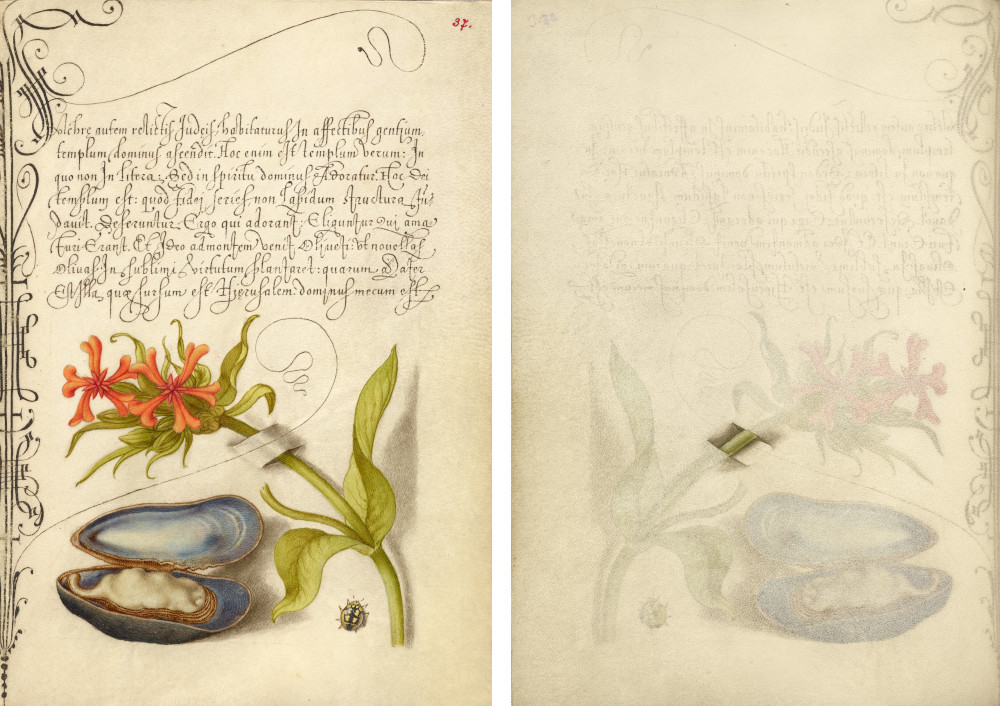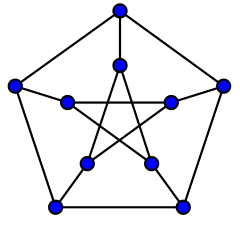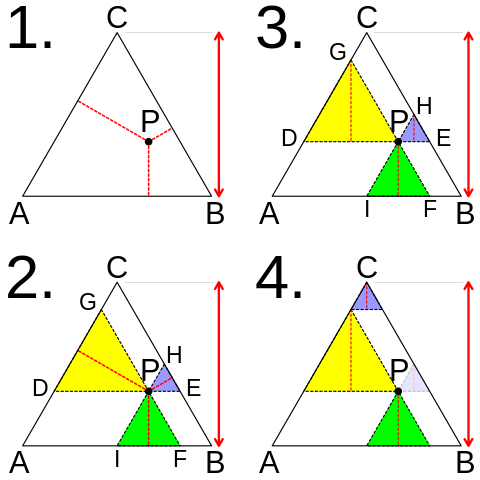Since much of the Netherlands is below sea level, Dutch farmers needed a way to leap waterways to reach their various plots of land. Over time this evolved into a competitive sport, known as fierljeppen (“far leaping”) in which contestants sprint to the water, seize a 10-meter pole, and climb it as it lurches forward over the channel. The winner is the one who lands farthest from the starting point in the sand bed on the opposite side.
The current record holder is Jaco de Groot of Utrecht, who leapt, clambered, swayed, and fell 22.21 meters in 2017.
Below: In the Red Bull Stalen Ros in The Hague, two-person teams must navigate tandem bikes along a narrow 80-meter track. Participants are assessed on speed, design of bikes and attire, and creativity.





